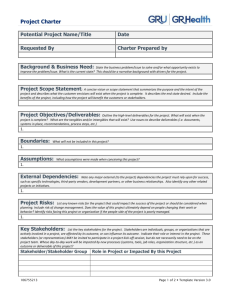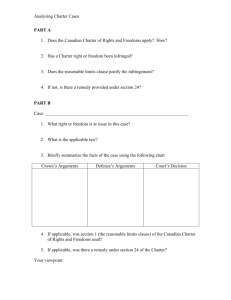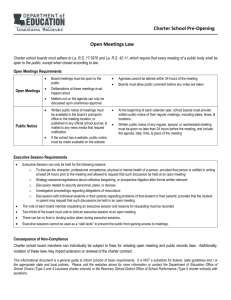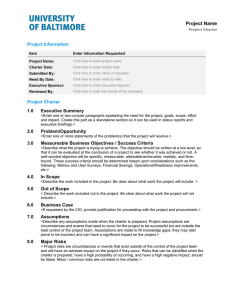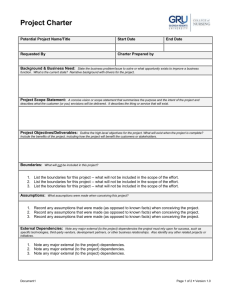Project Management
advertisement
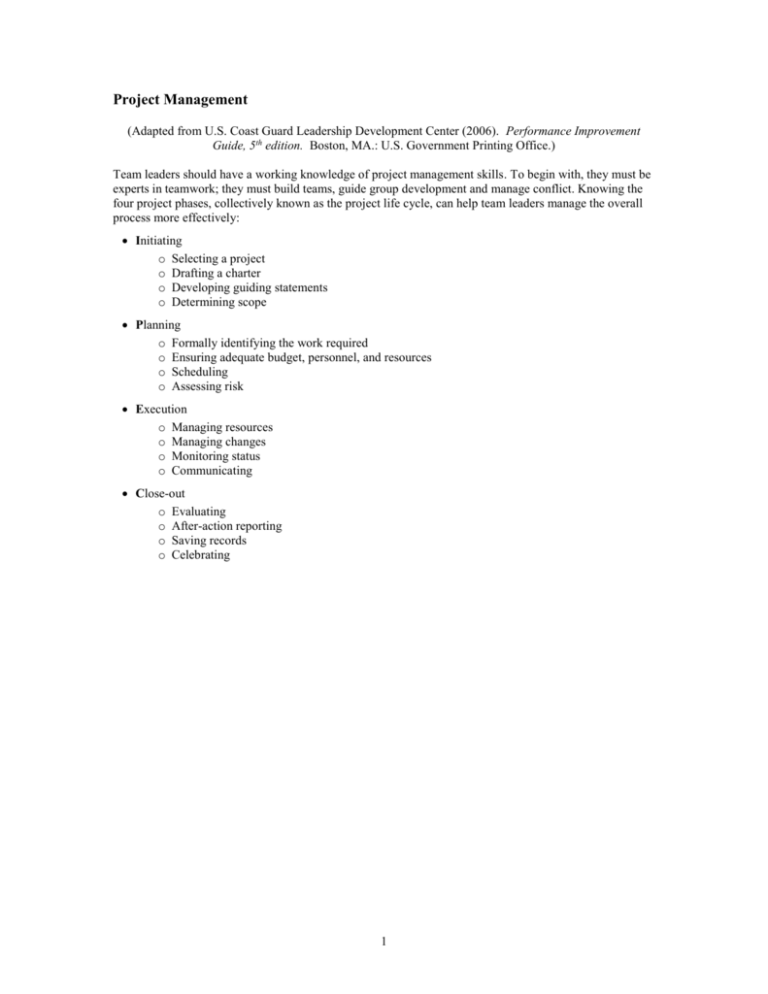
Project Management (Adapted from U.S. Coast Guard Leadership Development Center (2006). Performance Improvement Guide, 5th edition. Boston, MA.: U.S. Government Printing Office.) Team leaders should have a working knowledge of project management skills. To begin with, they must be experts in teamwork; they must build teams, guide group development and manage conflict. Knowing the four project phases, collectively known as the project life cycle, can help team leaders manage the overall process more effectively: Initiating o Selecting a project o Drafting a charter o Developing guiding statements o Determining scope Planning o Formally identifying the work required o Ensuring adequate budget, personnel, and resources o Scheduling o Assessing risk Execution o Managing resources o Managing changes o Monitoring status o Communicating Close-out o Evaluating o After-action reporting o Saving records o Celebrating 1 A Closer Look at Project Phases Initiating Before embarking on a project, be sure to ask questions such as: Why is this project important? What is the business case for this project? Are there other projects with a higher priority? Will senior leadership support this project? Will customers and other stakeholders be happy that you are working on this project? Once a project has a green light, formalize project details through a charter. A charter can help ensure support and alignment, and help avoid potential pitfalls. For more information on charters, see the tool section In order to ensure project success, senior leaders and project managers must maintain control over project scope. Scope creep happens when a project grows too large, becomes too difficult to earnestly complete, and can derail the best laid plans. S Quality / Performance 2 st Tim Co • In order to maintain control of the scope of the project (S), you must have control over at least one key factor: Quality, Cost, or Time • Consider: What key factor drives your project? e Project Control Planning Planning includes identifying the work, resources, performance requirements, and time required. Identify work by completing a work breakdown structure (WBS) or by using another planning tool. See the tool section for more information. Work should be broken down to the appropriate level of detail, typically into 80 hour or smaller segments. The 80-hour rule can help project managers maintain control of the project by promoting check-in after task completion. Consider also task dependencies, in addition to the personnel, resources, and time required. A task is dependent upon another task when another task must be completed before that task can be started. Task dependencies and project requirements will impact the overall timeline. Execution Execution means getting the work done. During execution, senior leaders and project managers must ensure communications between all concerned parties and carefully consider any proposed changes along the way. Scheduling regular team briefs with key stakeholders can help avoid any problems. Close-Out Closing out a project properly can help teams determine how well they met project outcomes and identify opportunities for improvement. By developing the ability to plan and implement projects, managers can enhance overall organizational performance. For more in-depth coverage of project management principles beyond the scope of this guide, see the “Strategic Planning Glossary and References” document. 3


